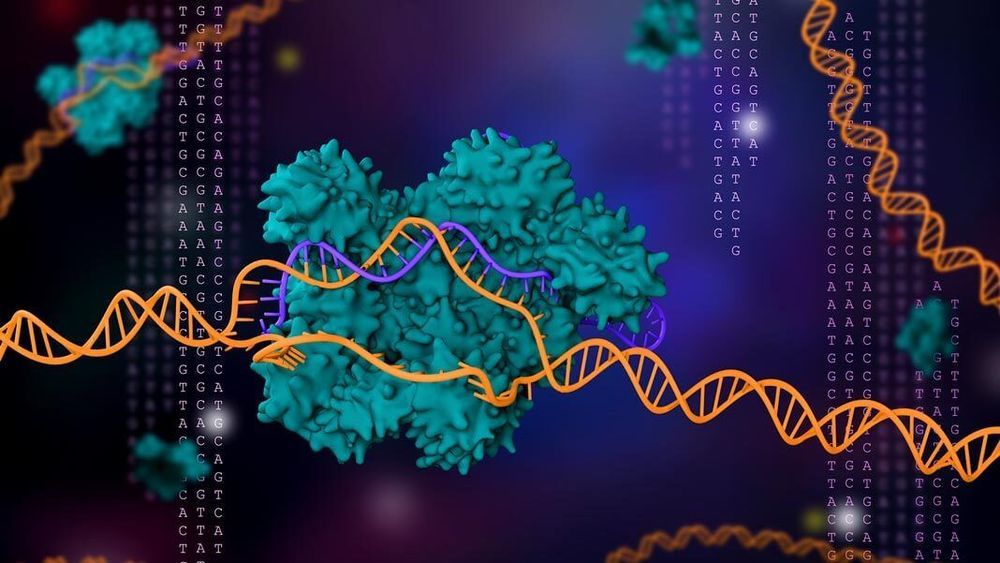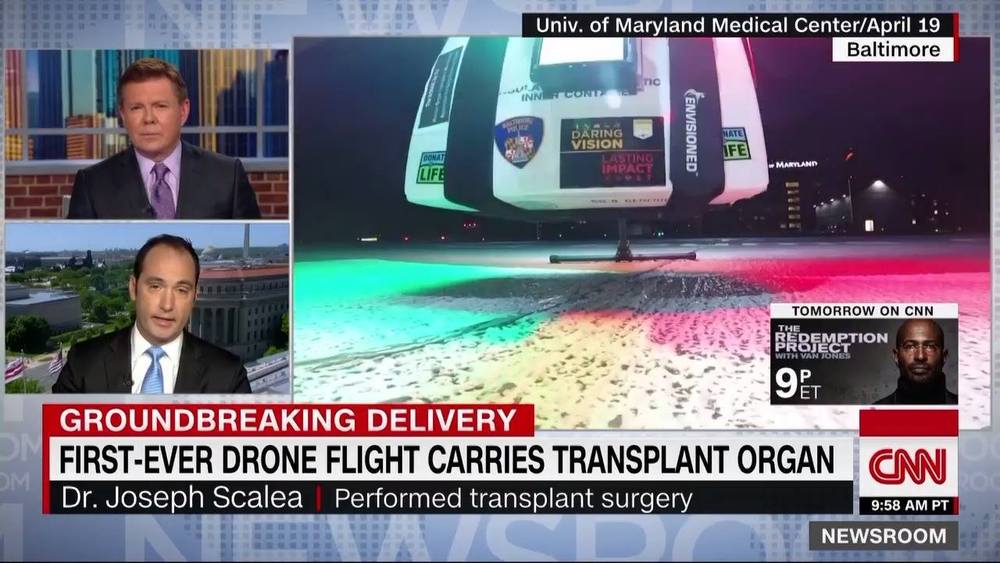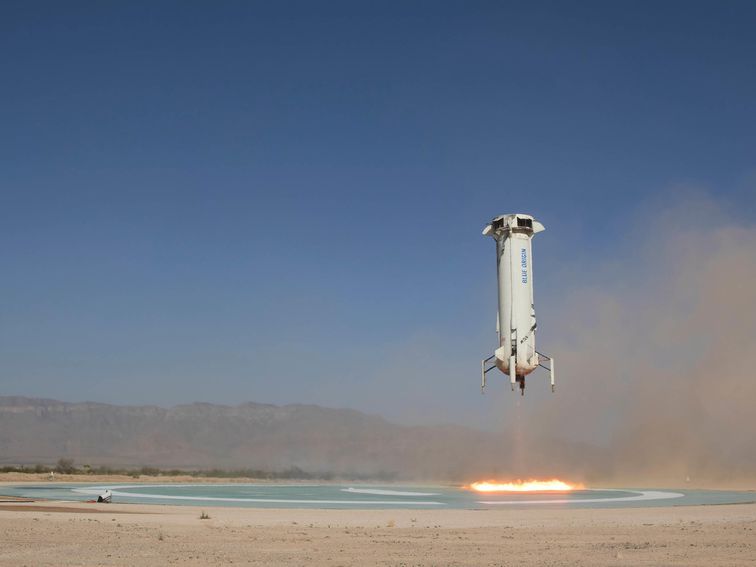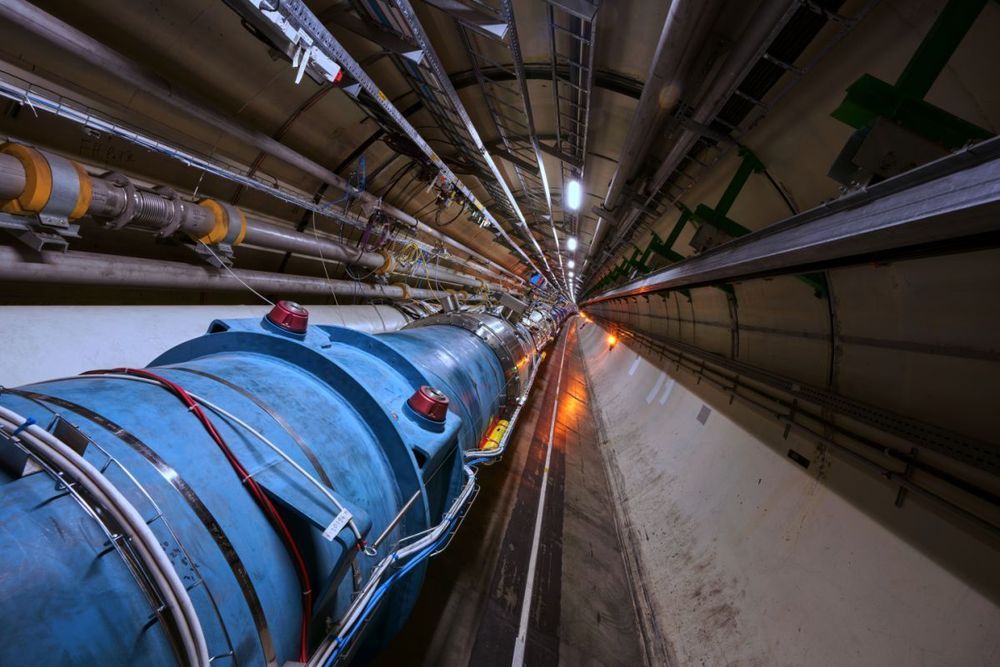Apr 27, 2019
Say Hello To Neutron Stars, Your Worst Nightmare
Posted by Genevieve Klien in categories: cosmology, physics
Yes, black holes get all of the attention. They’re mysterious, they lurk in the shows of interstellar space, they break the laws of known physics, they can trap you forever, they have a cool-sounding and easy-to-understand name. They’ve got great branding.
But some things are even weirder and scarier than black holes. And what makes them weirder and scarier is that they’re weird and scary within the known laws of physics. Which means we understand them. Which means we can explain, in great and gruesome detail, just how awful they are.
Take, for example, the neutron star.
Continue reading “Say Hello To Neutron Stars, Your Worst Nightmare” »

















